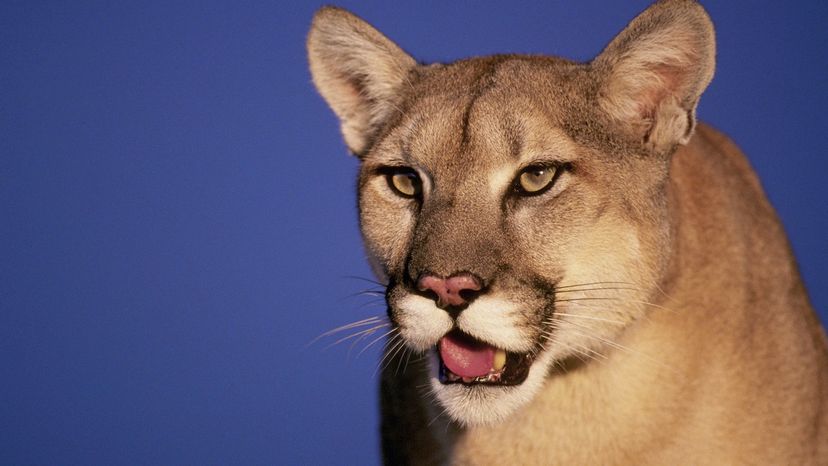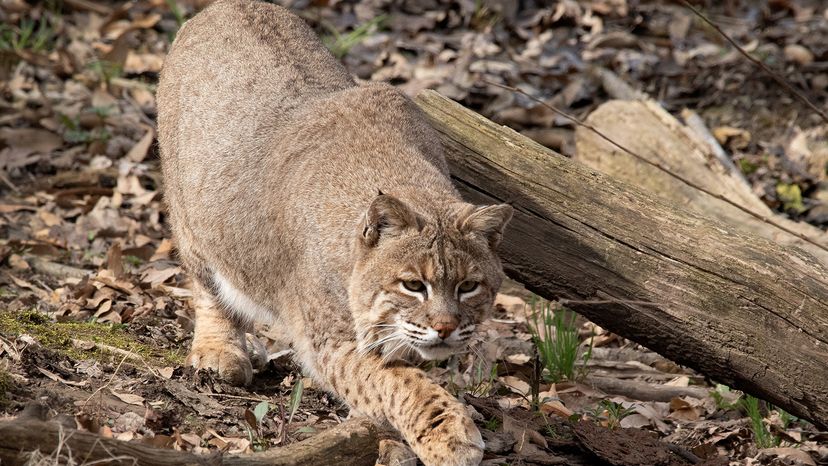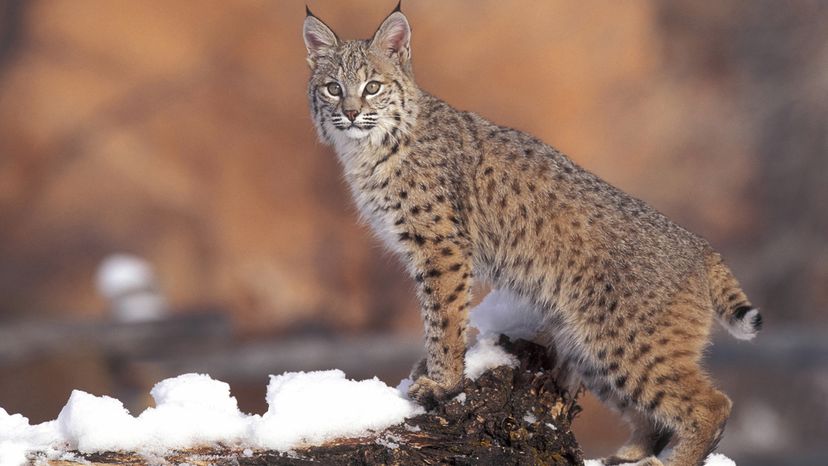
When looking at mountain lion vs. bobcat physiques, you’re looking at two iconic wild cats that share habitats but differ significantly in size, behavior, and offensive capabilities.
These wild animals roam forests, deserts, and mountainous areas across North and South America, and while they may seem easy to confuse, the key differences are dramatic.
Advertisement

